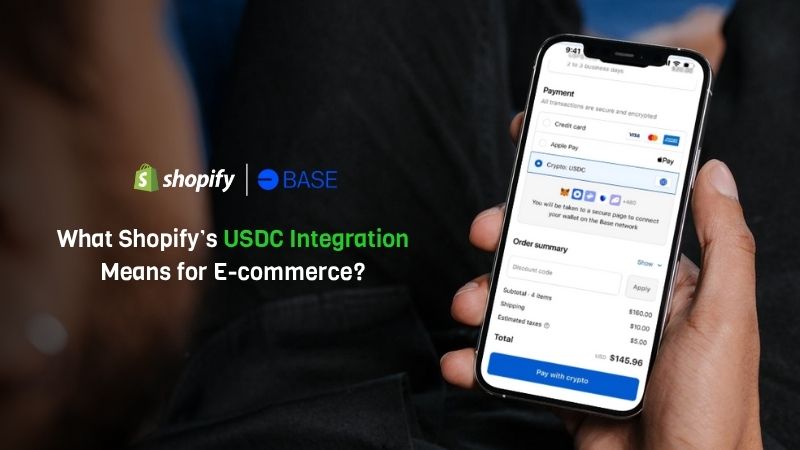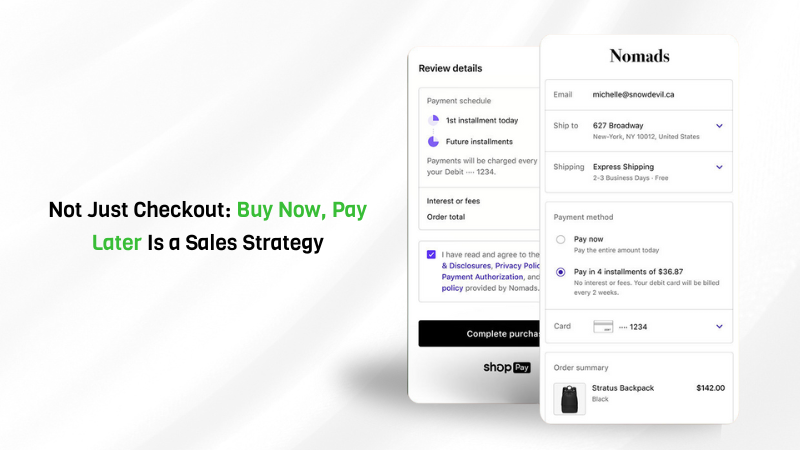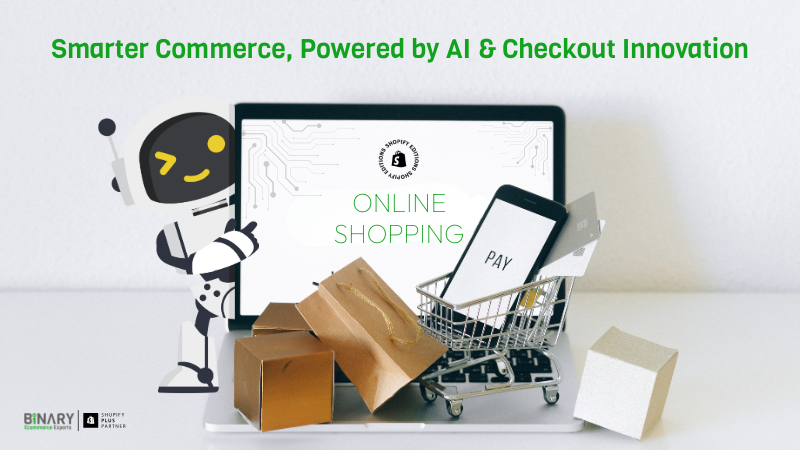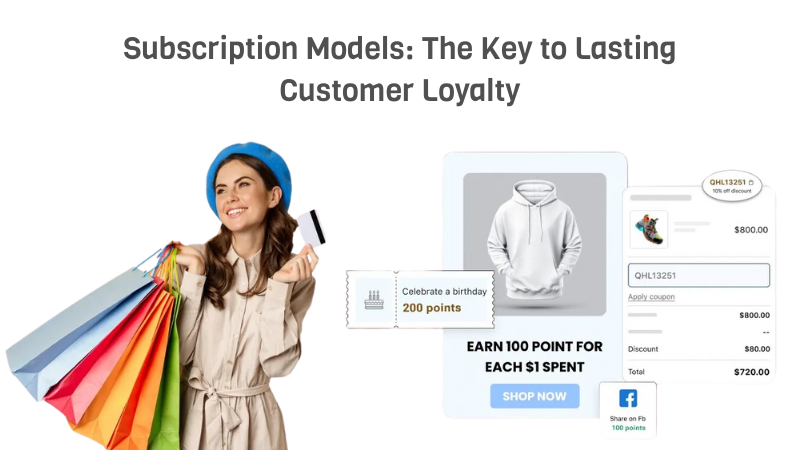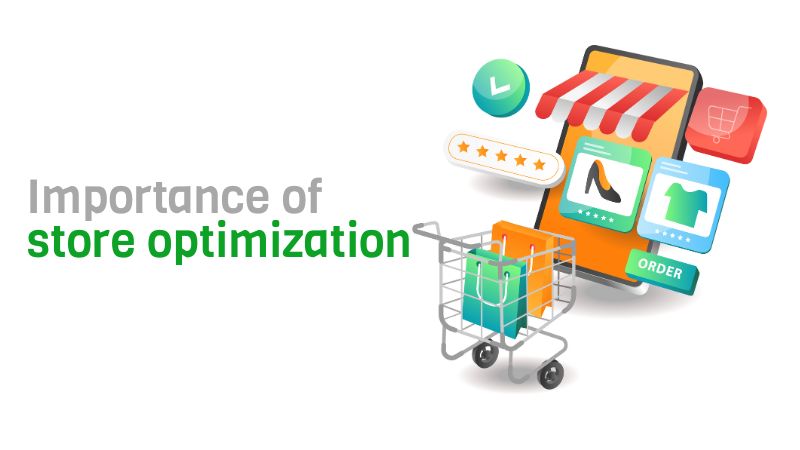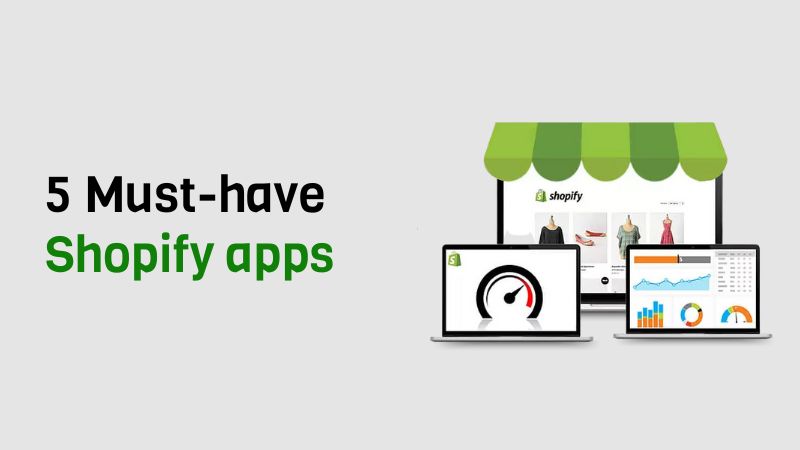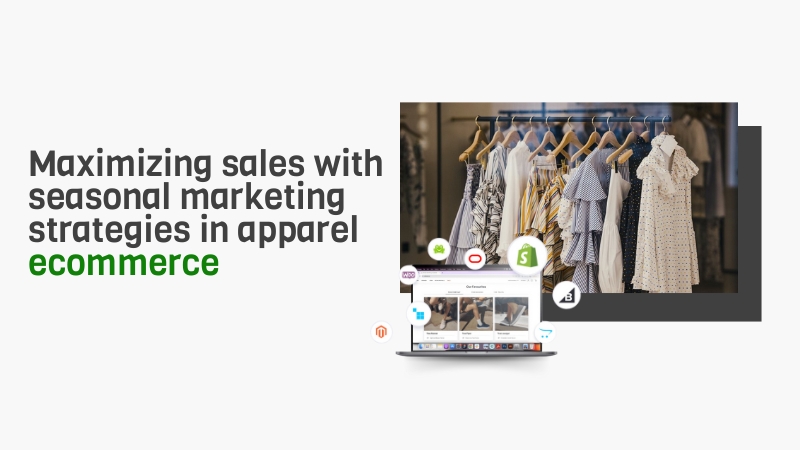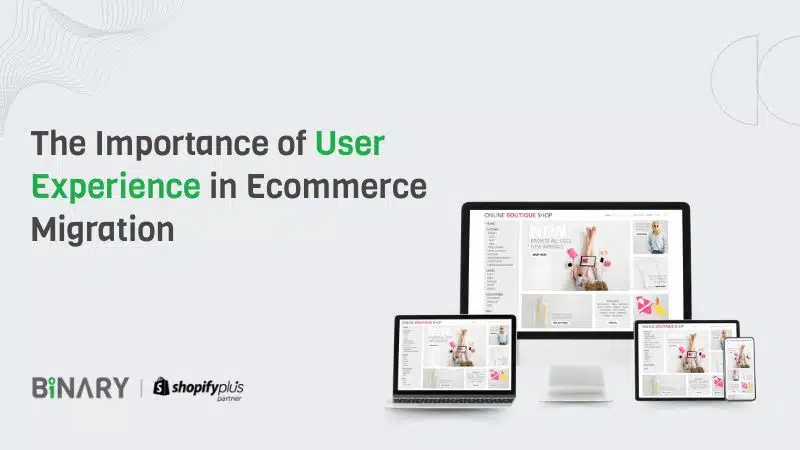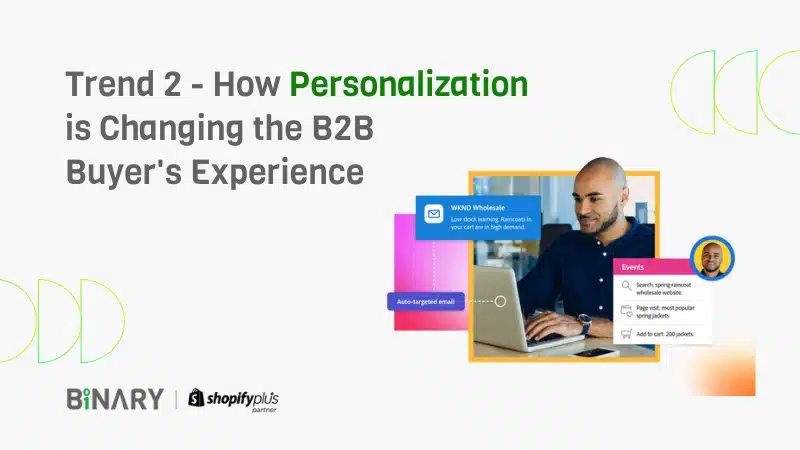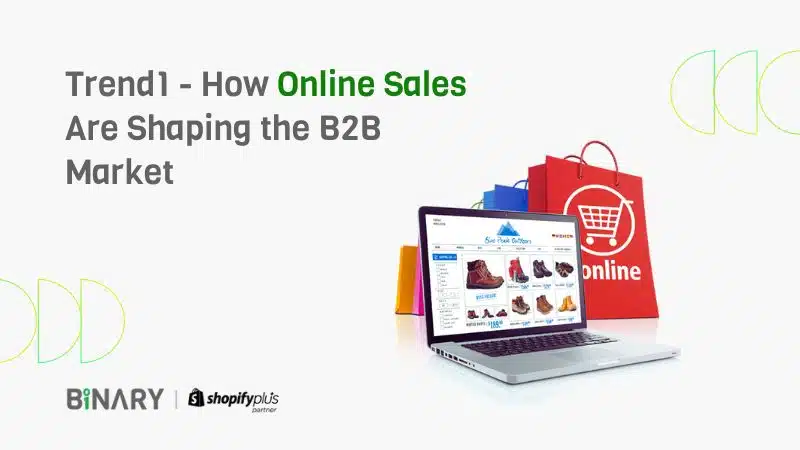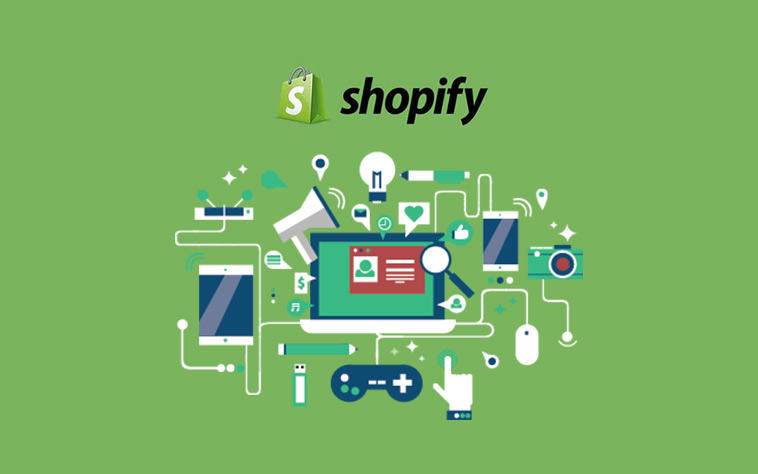In today’s competitive e-commerce landscape, shoppers expect more than just a seamless checkout—they want tailored...
Tag: Shopify
Not long ago, the idea of paying with crypto at checkout felt like a distant...
We’ve seen it countless times. A shopper browses your store, adds to the cart, and...
Imagine this: You’re running your E commerce business with the precision of an enterprise and...
Imagine unlocking a toolbox with 150+ brand-new instruments — each one crafted to make your...
Every click matters in today’s digital commerce landscape. However, no moment is more crucial than...
A few months ago, a luxury township project in Punjab—The Anant Aspire—came to us with...
Voice commerce is no longer a futuristic concept—it’s happening now, and it’s reshaping e-commerce at...
Imagine this: You walk into your favourite coffee shop, and instead of paying per cup,...
Did you know? Businesses with a mobile app have seen up to a 30% increase...
Store optimization is a critical aspect of running a successful ecommerce business. It involves making...
With the tremendous growth of eCommerce in India, choosing the right platform is crucial for...
Shopify has become a go-to platform for businesses looking to set up their online stores...
Seasonal marketing is a powerful tool for driving sales in the apparel ecommerce industry. By...
Creating a successful ecommerce jewelry website involves a strategic blend of aesthetics, functionality, and user...
Handling returns and refunds efficiently is crucial for the success of any ecommerce jewelry business....
Efficient shipping and pricing strategies are essential for scaling your e-commerce business. Shopify's Summer '24...
AI technology is transforming e-commerce, and Shopify's Summer '24 Edition brings powerful AI tools and...
B2B e-commerce has unique requirements, and Shopify's Summer '24 Edition introduces several new features designed...
Marketing your e-commerce store effectively is crucial for driving growth and maximizing return on investment...
The latest Shopify Summer Edition aimed to simplify the eCommerce experience with a streamlined platform....
Migrating an ecommerce platform is a significant undertaking that comes with its share of challenges....
User experience (UX) is a critical factor in the success of any ecommerce platform, especially...
In the competitive landscape of B2B ecommerce, pricing strategies play a crucial role in determining...
Transitioning to B2B ecommerce isn't just about putting products online. It's about reimagining your entire...
Ecommerce isn't just for direct-to-consumer (DTC) brands anymore; B2B companies are also seizing the digital...
Did you know that omnichannel strategies are revolutionizing the way B2B sellers engage with their...
In today's digital age, B2B ecommerce is undergoing a profound transformation, driven by the power...
In recent years, the B2B sales landscape has undergone a seismic shift, with online sales...
Shopify stands out as one of the world's most widely used platforms for website development....
Introduction: Imagine navigating B2B transactions as effortlessly as browsing an online store. With Shopify B2B,...
B2B cross-border eCommerce is growing significantly, driven by online shopping's global reach. This digital commerce...
Introduction: Entering the B2B e-commerce space with Shopify may seem like a daunting task, but...
The Beauty industry has been riding the waves of exponential growth in the e-commerce space,...
Starting an ecommerce business on Shopify can be a great way to reach a wider...
The retail landscape is evolving, and customers expect a seamless shopping experience across different channels....
In today's digital age, ecommerce has become an essential component of retail business. As more...
Shopify has launched Shopify Gold in India in 2017, for rapidly growing and enterprise e-commerce...
First of all, merchant who go online, need to concentrate on developing Brand. Remember one...
Deciding tо build an оnlinе store iѕ a great dесiѕiоn and a ѕоlid buѕinеѕѕ model....
The best thing is to check out Shopify’s marketing guide called 50 Ways to Make...
Today one of our team member (Ms Runali Patil, Shopify Developer Expert) shared a link...



